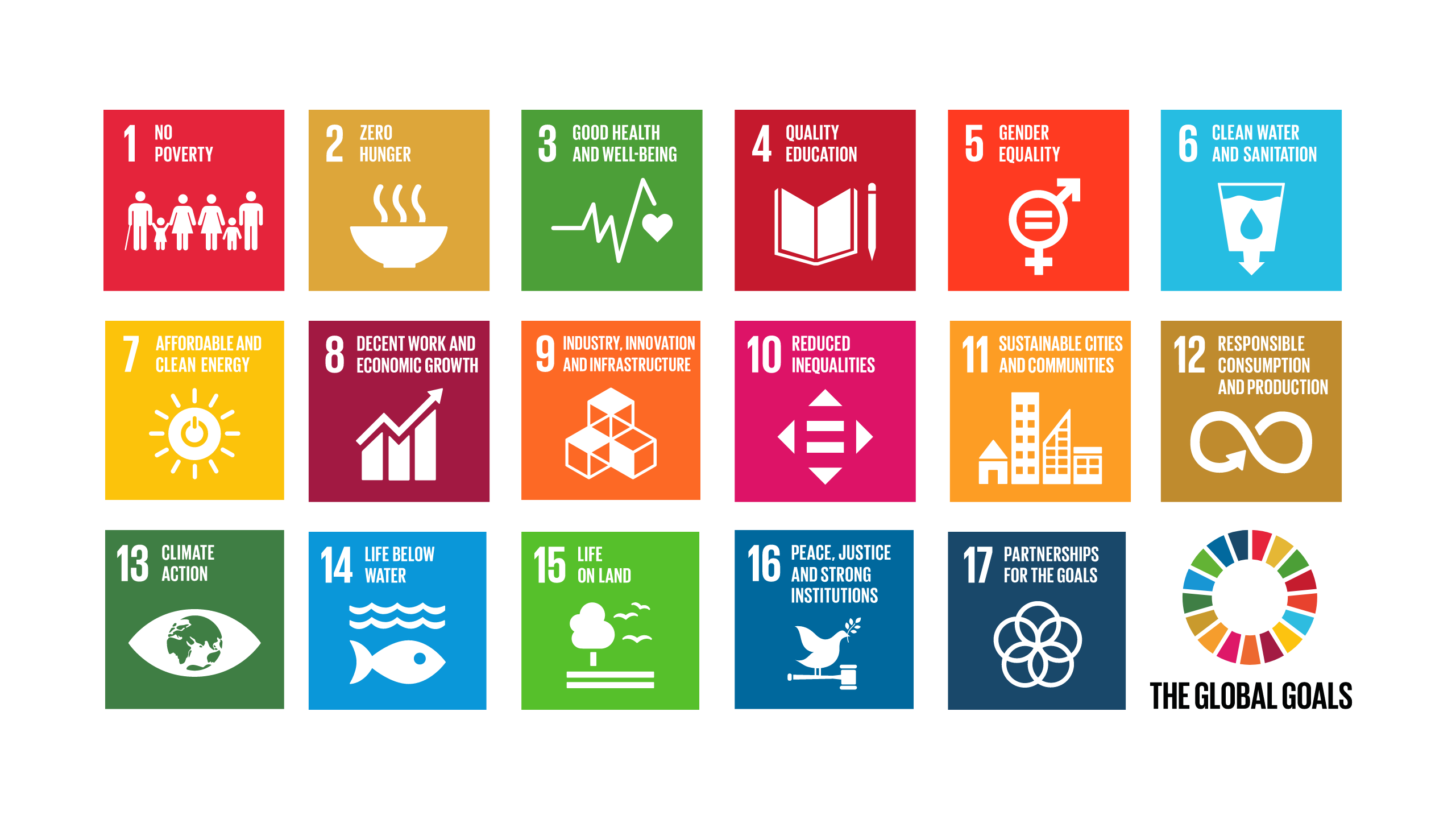The main goal of the hub is to establish a research partnership between the UK and South Asia, to promote sustainable nitrogen management in South Asia.
Our vision is for South Asia to lead the way in managing nitrogen effectively, driving positive change towards achieving the Sustainable Development Goals (SDGs) worldwide. We aim to:
- Reduce poverty and hunger by promoting sustainable farming methods that produce more food with fewer chemicals.
- Improve health and well-being in cities and communities by tackling air pollution, waste management, and disease prevention.
- Take action on climate change by cutting greenhouse gas emissions and promoting climate-resilient practices in food production.
- Protect water resources by reducing pollution and addressing threats like coral bleaching.
- Preserve biodiversity by understanding and mitigating the impact of nitrogen pollution on ecosystems, especially in the Himalayan region.
Innovative Approach
To achieve our vision, we're taking innovative steps, including:
The engagement of all 8 SACEP partner countries (Afghanistan, Bangladesh, Bhutan, India, Maldives, Nepal, Pakistan, Sri Lanka) is at the heart of promoting environmental diplomacy in a region of major historical sensitivities, while developing a coherent message to share with other world regions. This includes sustained engagement through the United Nations Environment Assembly.




